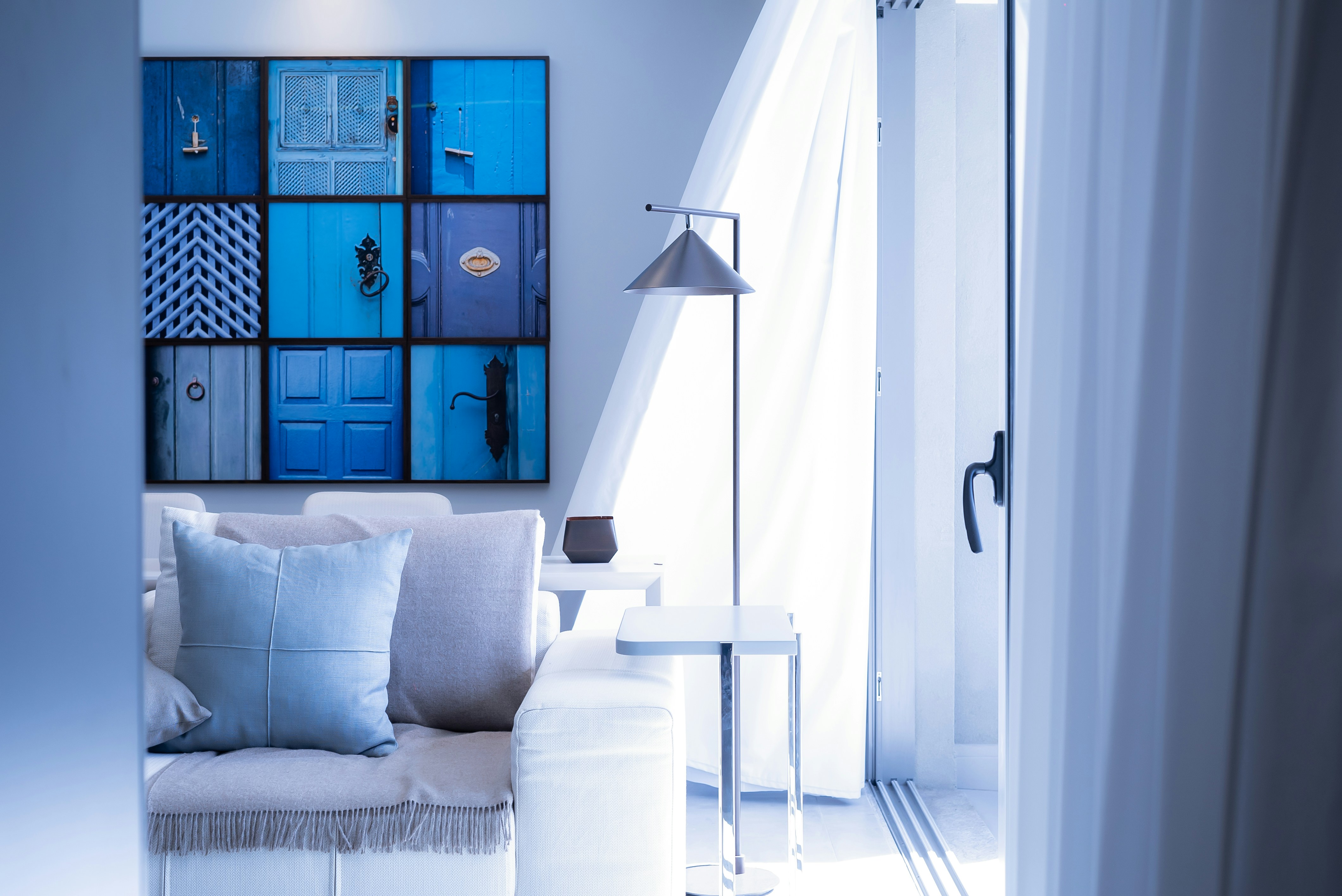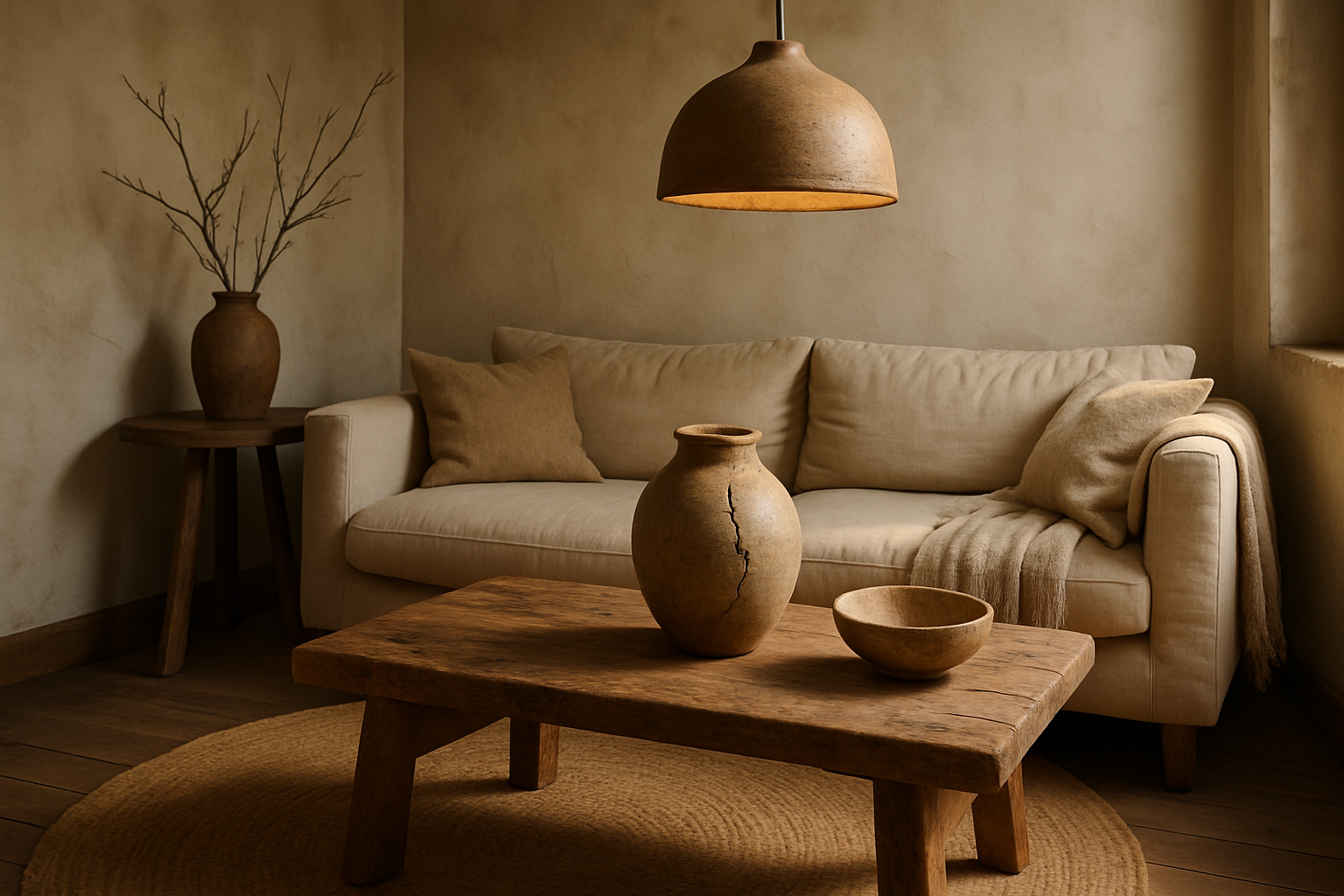Illuminating Spaces: The Resurgence of Stained Glass in Modern Interior Design
In a world of sleek minimalism and industrial chic, a colorful revolution is taking shape within our homes. Stained glass, once relegated to Gothic cathedrals and Victorian parlors, is making a dazzling comeback in contemporary interior design. This ancient art form is being reimagined for modern spaces, casting prismatic hues across rooms and infusing homes with character, charm, and a touch of the unexpected.

As centuries passed, stained glass found its way into secular spaces, adorning the homes of the wealthy during the Victorian and Art Nouveau periods. However, with the rise of modernism in the 20th century, stained glass fell out of favor, viewed as outdated and overly ornate.
Fast forward to today, and we’re witnessing a renaissance of this luminous art form. Modern artisans and designers are breathing new life into stained glass, creating pieces that complement contemporary aesthetics while honoring traditional techniques.
The New Face of Stained Glass
Today’s stained glass is a far cry from the religious iconography of yesteryear. Contemporary designs range from abstract patterns to geometric shapes, nature-inspired motifs to pop art influences. The key lies in the fusion of traditional craftsmanship with modern sensibilities.
Designers are experimenting with unconventional color palettes, moving beyond the jewel tones typically associated with stained glass. Pastel hues, monochromatic schemes, and even clear textured glass are being employed to create pieces that harmonize with a variety of interior styles.
Moreover, the application of stained glass has evolved. No longer confined to windows, it’s being incorporated into furniture, light fixtures, room dividers, and even as standalone art pieces. This versatility allows homeowners to introduce stained glass in subtle or bold ways, depending on their preferences.
Craftsmanship Meets Technology
While traditional stained glass techniques remain at the heart of this revival, modern technology is playing a crucial role in its resurgence. Computer-aided design (CAD) software allows artists to create intricate patterns and experiment with designs before cutting a single piece of glass.
3D printing technology is also making waves in the stained glass world. Some artisans are using 3D-printed molds to create unique textures and shapes in glass, pushing the boundaries of what’s possible with this medium.
Additionally, advancements in glass manufacturing have led to the development of new types of glass with enhanced properties. Low-E glass, for instance, can be incorporated into stained glass designs to improve energy efficiency without compromising aesthetics.
The Appeal of Artisanal Charm
In an era of mass production, the handcrafted nature of stained glass holds significant appeal. Each piece is unique, bearing the subtle marks of its creator. This artisanal quality resonates with consumers who are increasingly seeking out products with character and provenance.
The process of creating stained glass – from designing patterns to cutting glass and soldering pieces together – remains largely unchanged since medieval times. This connection to history and tradition adds depth and meaning to stained glass pieces, making them more than just decorative elements.
Integrating Stained Glass in Modern Homes
Incorporating stained glass into contemporary interiors requires a thoughtful approach. Here are some innovative ways designers and homeowners are using stained glass:
-
Statement Doors: Replace plain interior doors with stained glass versions to create striking focal points.
-
Kitchen Cabinets: Add stained glass panels to kitchen cabinet doors for a pop of color and texture.
-
Room Dividers: Use stained glass panels as room dividers to separate spaces while allowing light to flow through.
-
Skylights: Install stained glass skylights to create ever-changing light patterns throughout the day.
-
Bathroom Windows: Add privacy and visual interest to bathroom windows with abstract stained glass designs.
-
Light Fixtures: Incorporate stained glass into pendant lights, table lamps, or even ceiling fixtures for a warm, diffused glow.
The Emotional Impact of Colored Light
Beyond its aesthetic appeal, stained glass has a profound emotional impact on living spaces. The play of colored light can transform the atmosphere of a room, creating a sense of warmth, tranquility, or energy depending on the design and colors used.
Studies have shown that exposure to colored light can affect mood and well-being. Blue light, for instance, is associated with calmness and improved cognitive function, while warm tones like red and orange can create a cozy, intimate atmosphere.
By strategically placing stained glass elements, homeowners can harness these effects to enhance different areas of their home. A home office might benefit from cool-toned stained glass to promote focus, while a dining area could feature warm hues to encourage relaxation and conversation.
Sustainability and Upcycling
The stained glass revival aligns well with growing interest in sustainable design. Many artisans are incorporating recycled glass into their work, giving new life to discarded materials. This approach not only reduces waste but also adds unique character to each piece.
Some designers are taking this concept further by creating stained glass from unexpected materials. Wine bottles, mason jars, and even old windowpanes are being transformed into stunning stained glass creations, blending eco-consciousness with creativity.
The Future of Stained Glass in Design
As we look to the future, the possibilities for stained glass in interior design seem boundless. Emerging technologies like smart glass could be combined with stained glass techniques to create dynamic, color-changing installations controlled by smartphones or responsive to environmental factors.
The intersection of stained glass and digital art is another exciting frontier. Projection mapping onto stained glass surfaces could create mesmerizing, ever-changing displays, blending the timeless beauty of colored glass with cutting-edge technology.
In conclusion, the resurgence of stained glass in modern interior design represents a beautiful marriage of tradition and innovation. By reimagining this ancient art form for contemporary spaces, designers are creating homes that are not just visually stunning, but emotionally resonant and deeply personal. As we continue to seek ways to make our living spaces more unique and meaningful, stained glass stands poised to play a vibrant role in the future of interior design.





